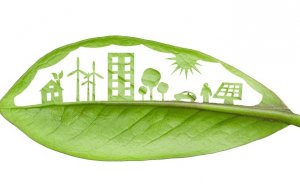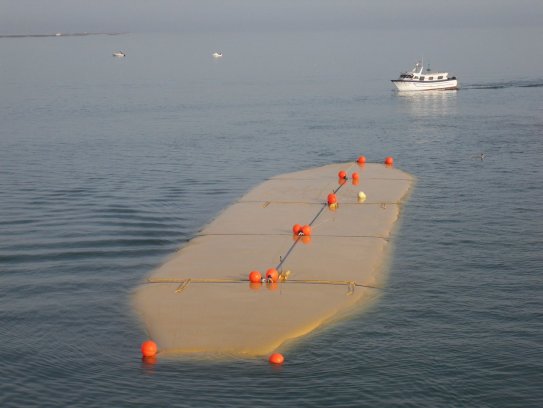
Alternative portfolio from DSM
Polyolefin-coated fabric production facility will be built at the Ziplast facility in Milan.

28th October 2024
Innovation in Textiles
|
Europe
As large sheets of strong, flexible, water-resistant material used for protection from extreme conditions, tarpaulins are commonly made from PVC-coated polyester, which is characterised by its low price and good resistance, but is more difficult to recycle than other plastics.
The European Tarpaulife Project aims to demonstrate the possibility of manufacturing large-area polyolefin coated fabrics such as polyethylene and polypropylene that can compete in terms of both the cost of PVC-coated fabrics, and their properties of strength, flexibility, impermeability and lower environmental impact.
Rina Consulting of Genoa, Italy, is coordinating the project co-financed by the European LIFE Programme, with the participation of companies Giovanardi, Nowa and Ziplast, along with AIMPLAS, the Spanish plastics technology centre.
The main result of the project will be a three-metre-wide polyolefin-coated fabric production facility which will be located at the Ziplast facility in Milan, Italy, with an annual capacity of 250,000 square metres once completed.
The main application selected for the material is as water bags for transporting large amounts of fresh water by sea.
As demonstrators of the project, two 2,500 cubic metre water bags will be made with the new material for testing in two locations – providing a backup to a freshwater reservoir in the North Sea off the coast of Iceland, and in the Mediterranean.
It is anticipated that more than 100 water bags will be produced three years after the project ends and more than two million cubic metres of water will be stored at three fresh water storage sites. The proposed solution will help avoid incineration of more than 2,000 tons of PVC and prevent more than 13 tons of CO2 from being released into the environment.
The project also includes replication of the results in other sectors, such as truck tarps and glacier tarpaulins, and a demonstration of the sustainability of the new coated material by quantifying the environmental and LCA-LCC benefits compared to the use of PVC-coated fabrics.

Business intelligence for the fibre, textiles and apparel industries: technologies, innovations, markets, investments, trade policy, sourcing, strategy...
Find out more